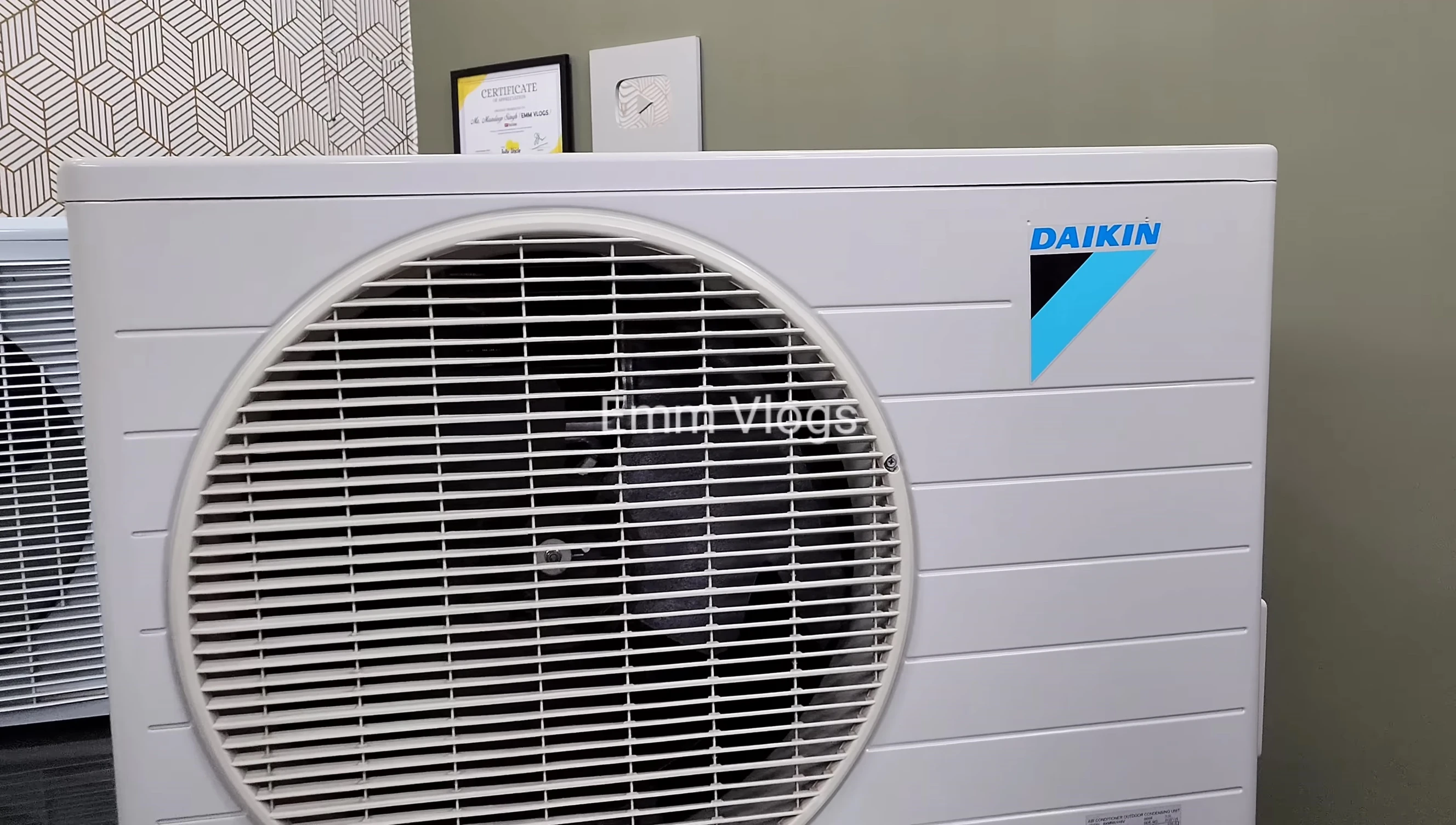Choosing the right air conditioner can be a daunting task, especially with so many brands offering similar features. This detailed comparison focuses on two prominent players in the market: Blue Star and Daikin. Both brands offer high-quality, 5-star rated air conditioners, but subtle differences in design, construction, and features can significantly impact your overall experience. This guide delves into a comprehensive comparison of both indoor and outdoor units, examining their aesthetics, build quality, component choices, and potential advantages and disadvantages. We'll explore the nuances of their designs, highlighting key distinctions that may influence your purchasing decision.This in-depth analysis will dissect the features of both Blue Star and Daikin AC units, from their exterior designs and internal components to their cooling performance and maintenance aspects. By comparing the outdoor unit's aesthetics and build, the indoor unit's features and finishes, and finally, the internal mechanics, we aim to provide you with a clear understanding of the strengths and weaknesses of each brand. This comparative guide empowers you to make an informed decision based on your specific needs and preferences, ensuring you select the perfect air conditioner for your home.
Pros And Cons
- Heavy-duty outdoor unit (33 kg)
- True Capacity mentioned
- Three-blade black fan
- Dual flap in indoor unit
- Motorized swing blades (four-way swing)
- Triple display (room temperature, desired temperature, load percentage)
- PM 2.5 filters
- Compact indoor unit (10.5 kg)
- Metal valves
- Double jacket on compressor, reducing noise and vibrations
- Outdoor unit design hasn't changed in 10-20 years
- No special protection for condenser coil fins
- Less protective covering for pipes and cable connections compared to Blue Star
- Transparent coating on U-bands may not be as visible
- PCB placement may be less convenient for technicians
- Indoor unit coil has no colored coating
- Thinner pipes in the indoor unit evaporator coil compared to Blue Star
- Square front grill on outdoor unit
- Proper mesh for condenser coil protection
- Five-star rating label on outdoor unit
- Three-blade white fan
- Blue coating on condenser coil U-bands
- Double row condenser
- PCB is placed on top with plastic and metal cover
- Heavier duty indoor unit (12kg)
- Glossy finish on indoor unit
- Blue anti-corrosive coating on indoor unit coil
- Larger coil size in the indoor unit
- Larger air flap in the indoor unit
- Outdoor unit is lighter (28.4 kg)
- Less protective covering for pipes on the back of outdoor unit
- Plastic caps on brass valves
- Indoor unit has a single flap
Read more: Nuwave PIC Titanium Induction Cooktop Review: A Mixed Bag of Features
Outdoor Unit Comparison
Both Blue Star and Daikin offer 5-star rated outdoor units, but their designs differ significantly. Daikin's unit features a consistent off-white color and round grill design, remaining largely unchanged over the years. This offers a classic, reliable aesthetic.

In contrast, the Blue Star outdoor unit showcases a more modern design with a square front grill. The branding is prominently displayed, along with clear five-star and inverter designations. While Daikin's design emphasizes simplicity, Blue Star opts for a more visually striking approach.

Both units utilize copper condenser coils with anti-corrosive blue coating for durability. However, Daikin includes a protective mesh over its condenser coil, while Blue Star integrates a mesh into the unit's body. Daikin also uses a large plastic flap to cover the copper pipes and wiring, whereas Blue Star utilizes a smaller cap.

Indoor Unit Comparison
The indoor units also present distinct characteristics. Daikin's indoor unit boasts a matte finish, dual flaps for airflow control, and a motorized swing function for four-way air distribution. The unit features a triple display showing room temperature, set temperature, and AC load.

The Blue Star indoor unit, on the other hand, sports a glossy finish with a silver accent and a single, larger flap. It also offers four-way swing functionality but lacks the triple display of the Daikin unit. The Blue Star unit is slightly larger and heavier than the Daikin model.

Both units utilize copper evaporator coils with anti-corrosive coating on the fins. However, Blue Star uses a more extensive blue coating than Daikin, which opts for a less visible, transparent coating. Daikin's indoor unit also uses thinner copper pipes compared to the Blue Star.

Internal Component Quality
A detailed look inside both units reveals further differences. Daikin uses a three-blade black fan, while Blue Star employs a white fan, both with similar designs. Both feature double-row condenser coils. However, Daikin's PCB is mounted horizontally, offering easier access for technicians, while Blue Star's PCB is placed vertically.

The compressor protection also differs. Blue Star uses a caustic jacket, while Daikin's is more elaborate, including a double jacket for noise reduction. Blue Star's service valves are brass with plastic caps, while Daikin uses metal valves which are more durable and easier to maintain.

Both brands use copper pipes, but Blue Star's pipes appear thicker. The size of the evaporator coils also differs, with Blue Star's coil being noticeably larger, suggesting a higher cooling capacity.

Conclusion: Which AC is Right for You?
Both Blue Star and Daikin offer high-quality, 5-star rated ACs with comparable performance. Daikin's units emphasize a streamlined, reliable design with superior noise reduction features thanks to its more extensive compressor jacket and construction. Daikin's horizontal PCB placement aids serviceability.
Blue Star offers a more modern aesthetic with a slightly larger and heavier outdoor unit. The more extensive blue coating on both indoor and outdoor coils suggests better protection against corrosion. Blue Star's indoor unit also has a larger evaporator coil, potentially leading to better cooling in some cases.
Ultimately, the best choice depends on individual preferences. Daikin excels in quiet operation and serviceability, while Blue Star provides a more visually appealing design and potentially enhanced corrosion resistance. Consider your budget and prioritize features like noise level, aesthetics and durability to make an informed decision.
